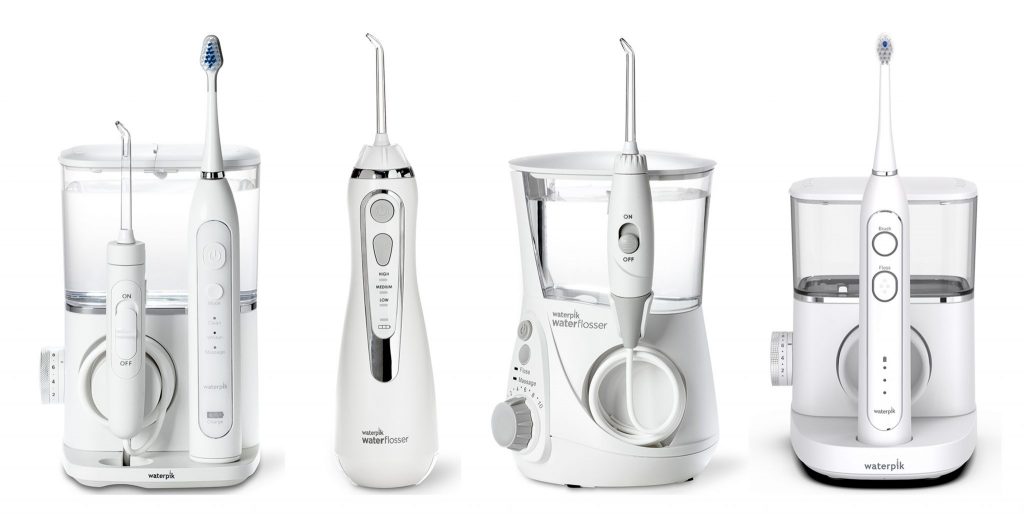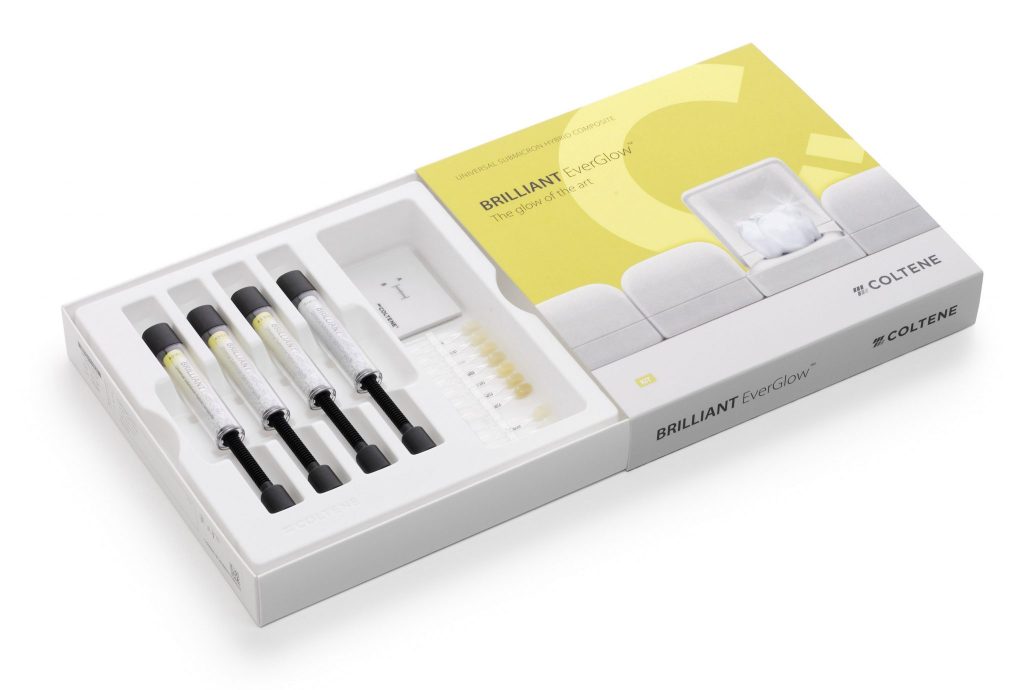Workforce continues to be a major issue across the NHS
One of the things I always found interesting as CDO was that the problems we were dealing with at a national level also used to manifest themselves at the local level and regularly leaving the ivory tower behind and getting out to real practices was always very informative. Sometimes the issues we were facing in dentistry were also seen in other areas of the system and sometimes they were not. It seems nothing has changed.
I was watching a local news bulletin in the middle of May and there was a news piece about one of the hospitals in the West Midlands being rated as “requires improvement” by the Care Quality Commission (CQC). In an interview, a representative from the CQC said that the care provided by the Trust was kind, compassionate and of a high clinical standard. However, they went on to say that the existing staff was under huge pressure because the hospital had failed to recruit to fill scores of vacancies and that the pressure on the existing workforce, across all clinical areas, was intolerable and this risked a breakdown of services. It seemed to me to be a little unfair as the hospital trust had really tried to recruit. I wonder where I have heard this before…
It seems a pity that it takes a pandemic to again make the public, and hopefully the politicians, realise how important good dental care is to the health and wellbeing of the population. In “normal” times, within the NHS alone, nearly a million people a week visit the dentist in England and around a further 200,000 do so in the private sector. We have all come across people who are suffering mentally during periods of lockdown and isolation, by and large dentistry is not associated with mortality but a lack of care when you are in pain, worried about a lack of regular care or confidence in your oral health can have a significant impact on morbidity and, therefore, mental health.
Access to dental services has now, inevitably, made it back into the headlines and at the heart of the problem is not the contract, as access is also an issue in Scotland, but workforce. Dental workforce issues have always been based on three different factors: are we training and utilising the correct skill mix that is appropriate to the changing needs of the population; are we training enough members of the dental team and; are we adequately supporting those members of the dental team qualified abroad who have always wished to come and work in the UK? I fear the answer to all three questions is no, and both Health Education England (and their equivalents in the Devolved Administrations) and the GDC “require improvement”.
It is clear that rapid investment is needed to allow those providing dental care, just as it is important in healthcare generally, to be able to provide the services that the population has a right to expect. It is an often-forgotten fact that the NHS has a statutory duty, set out in primary legislation, to provide or commission NHS dentistry to the extent it considers necessary to meet the need. The NHS delegates this duty to providers of services through contracts but ensuring there is sufficient workforce available is part of that duty and they are clearly failing in that duty at the moment.
Health has been a devolved issue for a considerable time now and, as CDO for England, I was always very conscious of that but, as the new Chair of the British Fluoridation Society, devolution is not an issue, it just means there are more stakeholders and policy makers to influence.
In England, the government has recently published a White Paper in which it committed to centrally driving forward the implementation of new community water fluoridation schemes as a way of tackling inequalities in oral health. This is a hugely positive step forward. As a CDO, you do become aware of the prevalence of dental caries in other countries, and I was delighted to see an article in one of Scotland’s most prominent newspapers from the British Dental Association in Scotland urging their government to consider again whether targeted water fluoridation might be another string to their bow as they try and tackle inequalities. Big cities often demonstrate the greatest range of inequalities and surely Glasgow would be the perfect place for the newly elected administration to show their commitment to tackling inequalities and at least carry out a feasibility study.
About the author
Dr Barry Cockcroft CBE is the former Chief Dental Office for England and current chair of the British Fluoridation Society.













 Diabetes is a manageable condition and patients respond well to clear, practical advice. Diabetic patients are at increased risk of periodontal disease and caries, so maintaining excellent oral hygiene particularly important. The Waterpik® Water Flosser is a great recommendation that supplements toothbrushing and is easy to use, which can be particularly helpful for patients with low energy. It is clinically proven to be more effective at reducing plaque and improving gingival health than both string floss and interdental brushes,
Diabetes is a manageable condition and patients respond well to clear, practical advice. Diabetic patients are at increased risk of periodontal disease and caries, so maintaining excellent oral hygiene particularly important. The Waterpik® Water Flosser is a great recommendation that supplements toothbrushing and is easy to use, which can be particularly helpful for patients with low energy. It is clinically proven to be more effective at reducing plaque and improving gingival health than both string floss and interdental brushes,
 As well as giving everyone the means to focus on their own role, technology can also support continued learning, via online education. The opportunity to learn, grow and advance your career is another simple ingredient for feeling fulfilled and happy as part of a thriving practice. It can empower, boost confidence and, potentially, enhance future earnings. When a practice offers continued learning and training, it can be a way to retain talented people and keep a successful team intact, so patients don’t go elsewhere.
As well as giving everyone the means to focus on their own role, technology can also support continued learning, via online education. The opportunity to learn, grow and advance your career is another simple ingredient for feeling fulfilled and happy as part of a thriving practice. It can empower, boost confidence and, potentially, enhance future earnings. When a practice offers continued learning and training, it can be a way to retain talented people and keep a successful team intact, so patients don’t go elsewhere.

